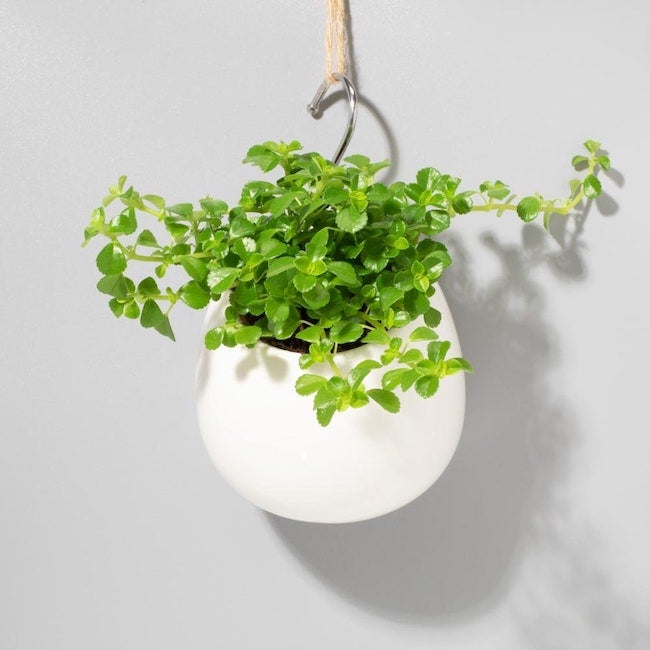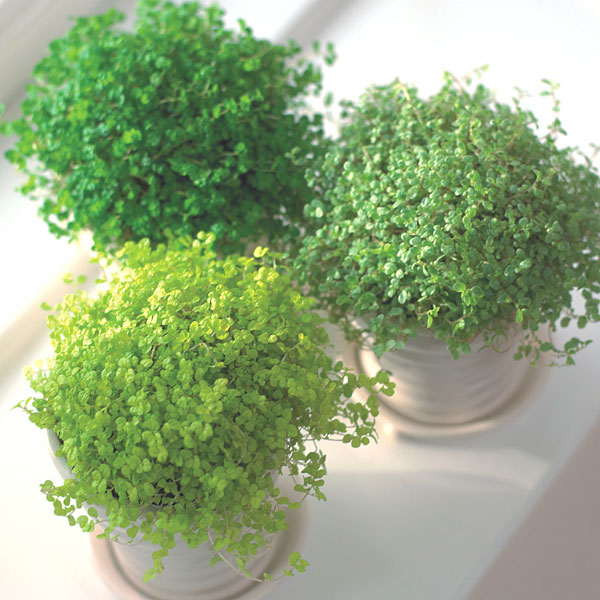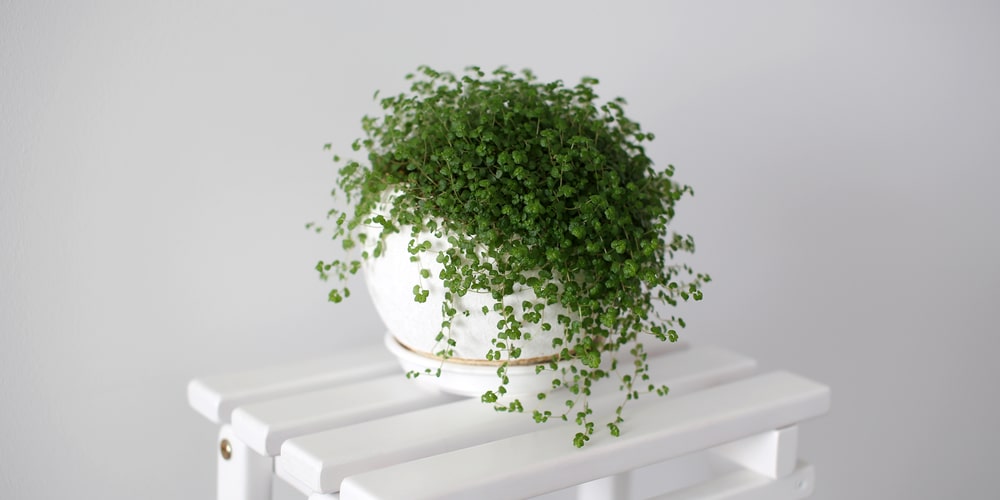Introduction:
Baby Tears (Soleirolia soleirolii), also known as Angel’s Tears or Mind-Your-Own-Business, is a charming and delicate plant known for its lush, trailing foliage. While it is a relatively easy plant to care for, it can sometimes encounter issues that may cause distress for both the plant and its owner. In this article, we will explore common issues faced in Baby Tears plant care and provide practical solutions to troubleshoot these problems. Divided into three parts, we will delve into understanding the common issues, explore their potential causes, and provide effective solutions for maintaining a thriving Baby Tears plant.
Part 1: Common Issues in Baby Tears Plant Care
Level 1: Leaf Browning and Drying One of the most common issues experienced with Baby Tears is leaf browning and drying. This can be distressing, as it affects the plant’s overall appearance and health.
Level 2: Wilting and Yellowing Leaves Another issue that may arise is wilting and yellowing leaves. This can be an indication of an underlying problem that requires attention to prevent further damage to the plant.
Part 2: Identifying the Causes
Level 1: Inadequate Light or Temperature Extremes Insufficient light or exposure to extreme temperatures can lead to leaf browning, drying, wilting, and yellowing. Baby Tears thrive in bright, indirect light and prefer temperatures between 60-75°F (15-24°C).
Level 2: Improper Watering and Humidity Levels Overwatering or underwatering can contribute to leaf browning, drying, and wilting. Baby Tears prefer consistently moist soil but should not be left in standing water. In addition, they thrive in high humidity environments, so low humidity levels can also affect their health.
Part 3: Effective Solutions for Healthy Baby Tears
Level 1: Adjusting Light and Temperature Conditions Ensure that your Baby Tears plant receives bright, indirect light for at least a few hours a day. If the plant is exposed to direct sunlight, move it to a location with filtered light. Avoid placing the plant near drafts or in extreme temperature conditions. If necessary, use a thermometer to monitor the temperature and maintain it within the recommended range.
Level 2: Proper Watering and Humidity Management To prevent leaf browning and drying, water your Baby Tears thoroughly when the top inch of soil feels dry. Water until it drains out of the pot’s drainage holes, allowing excess water to escape. Avoid overwatering, which can lead to root rot. Additionally, increase humidity levels by misting the plant regularly, placing a tray of water near the plant to increase moisture in the air, or using a humidifier.
Part 4: Pruning and Maintenance Tips
Level 1: Pruning Overgrown or Damaged Foliage Pruning is an essential part of Baby Tears plant care, especially when dealing with overgrown or damaged foliage. Use clean and sharp scissors or pruning shears to carefully trim back any excessively long or leggy stems. Removing damaged or diseased leaves will not only improve the plant’s appearance but also promote new growth.
Level 2: Regular Maintenance and Care Consistent care is key to keeping your Baby Tears plant healthy. Here are a few additional maintenance tips:
- Fertilizing: Baby Tears plants benefit from a balanced liquid fertilizer diluted to half strength. Apply fertilizer once a month during the growing season (spring and summer), following the instructions on the packaging.
- Soil and Repotting: Baby Tears prefer well-draining soil, so ensure your plant is potted in a mixture that allows excess water to flow freely. Consider repotting every 1-2 years or whenever the plant becomes root-bound.
- Pest Control: While Baby Tears plants are generally resistant to pests, they can occasionally attract pests like spider mites or mealybugs. Regularly inspect your plant and take appropriate measures to address any infestations, such as using organic insecticidal soap or wiping the leaves with a damp cloth.
Part 5: Preventive Measures for Long-Term Care
Level 1: Provide Adequate Air Circulation To prevent common issues like leaf browning or fungal diseases, ensure that your Baby Tears plant has sufficient air circulation. Avoid crowding it with other plants and keep it in a well-ventilated area. This will help prevent the buildup of excess moisture and maintain a healthy environment for your plant.
Level 2: Monitor Light and Water Requirements Regularly assess the lighting conditions your Baby Tears plant is exposed to. As seasons change, the intensity and duration of sunlight may fluctuate. Adjust the plant’s location accordingly to ensure it receives the optimal amount of light. Additionally, monitor the moisture level of the soil and adjust your watering schedule as needed to maintain consistent soil moisture without overwatering.
Conclusion:
By understanding common issues, identifying their causes, and implementing effective solutions, you can successfully troubleshoot problems in Baby Tears plant care. Adjusting light and temperature conditions, proper watering and humidity management, regular pruning, and providing consistent care will help maintain the health and beauty of your Baby Tears plant. Additionally, preventive measures such as adequate air circulation and ongoing monitoring of light and water requirements contribute to long-term care. With these tips in mind, you can enjoy the lush and vibrant foliage of your Baby Tears plant and create an inviting and soothing atmosphere in your home or office.
Caring for Baby Tears plants can be a rewarding experience, but it’s essential to address any issues promptly to ensure their health and beauty. Understanding common problems such as leaf browning, drying, wilting, and yellowing allows you to troubleshoot their causes effectively. By adjusting light and temperature conditions, providing proper watering and managing humidity levels, you can maintain a thriving Baby Tears plant. Remember to closely monitor your plant’s health and address any signs of distress promptly. With patience, attention to detail, and implementing the solutions provided, you can enjoy the lush and vibrant foliage of your Baby Tears plant for years to come.
Adjusting light and temperature conditions, providing proper watering and humidity management, regular pruning, and ongoing maintenance will contribute to a thriving and beautiful Baby Tears plant. Remember to monitor your plant’s health, make necessary adjustments, and provide the care it needs to flourish. With patience, attention, and these troubleshooting tips, your Baby Tears plant will continue to bring lush greenery and natural beauty to your indoor space for years to come.

:max_bytes(150000):strip_icc()/baby-tears-plant-4582879-04-c0446744ac1f47c69811fdf90b7d464b.jpg)
:max_bytes(150000):strip_icc()/baby-tears-plant-4582879-01-966c6024c3a649919378f019971b204c.jpg)


